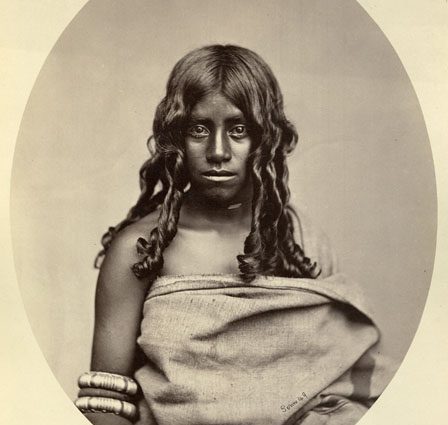Albert Thomas Watson Penn (1849 – 1924) was a pioneering British photographer of Nilgiris. Penn landed in India in 1863 in Madras, soon set up shop in Ooty in 1865 and continued to shuttle between the two centers depending on the business. He probably learnt the trade from the Government College of Fine Arts (1850), Chennai which is the oldest art institution in India and where photography was taught for the first time. Penn also worked or partnered with Nicholas, a leading commercial photographer of his days.
Penn’s work documents the high point of British Nilgiris, when Ooty became the Summer Capital of the Madras Presidency in 1870.
Penn opened his ‘Ootacamund Photographic Room’ in Charing cross, where he displayed and sold prints and albums of the pioneering photos taken in the hills. He also documented the local people, culture and customs. Penn specialized in portraiture of people, properties and animals, both domestic and wild. He came to be recognized as a leading photographer with exclusive access to the Government House and the Ooty Club.
Penn also supplied illustrations to various books including ‘Sport in the Nilgiris and in Wynaad’ by F.W.Fletcher, ‘Overweights of Joy’ and ‘Lotus Buds’ by Amy Wilson Carmichael, ‘Ootacamund. A History’ by Sir Frederick Price and ‘Castes and Tribes of South India’ by Edgar Thurston.
Penn’s collections number in hundreds. The largest collection is held in the Oriental and India Office Collection in the British Library, London followed by The Royal Commonwealth Society, the Alkazi Collection in London, New York and Delhi, the Pitt Rivers Museum in Oxford.
Penn’s great, grandson has published some of Penn’s works in ‘Ootacamund: A Photographic Record by A. T. W. Penn’ and ‘The Nicholas Brothers & A.T.W. Penn: photographers of South India 1855-1885’
Penn was an active member of the local European society and was a member of the Nilgiri Volunteer Rifles, a self protection outfit which came into force in the wake of the Indian Mutiny of 1857.
Penn returned to England briefly before returning back to settle down in Coonoor where he died in 1924. He is buried in the Tiger Hill cemetery.
Nilgiri Documentation Centre

